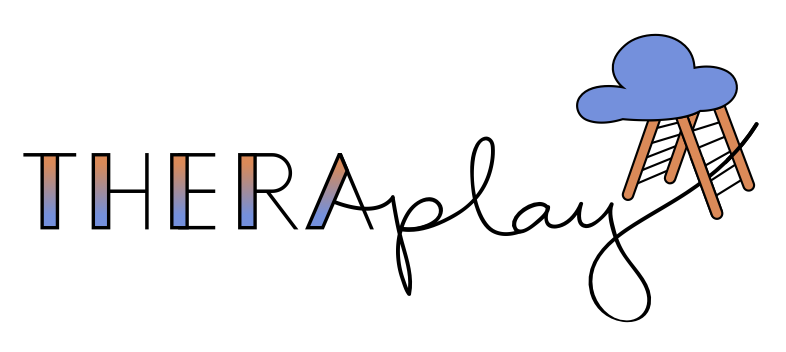Everything You Need to Know About the Tonic Labyrinthine Reflex (TLR)
If your child struggles with balance, posture, coordination, or focus, they may have an unintegrated Tonic Labyrinthine Reflex (TLR). The TLR is one of many primitive reflexes present at birth that helps babies develop motor skills and strength. However, if the TLR does not integrate properly, it can lead to difficulties with learning, attention, and motor skills.
TL;DR: The Tonic Labyrinthine Reflex (TLR) helps babies develop posture, balance, and coordination, but if it remains unintegrated past infancy, it can lead to difficulties with motor skills, focus, and learning. Primitive reflex integration therapy uses targeted exercises to help children strengthen their core, improve coordination, and enhance focus for better overall development.
In this post, we’ll cover:
What the TLR is
How the TLR helps babies develop
At what age the TLR should be integrated
Signs of an unintegrated TLR
How primitive reflex integration therapy can help address symptoms of an unintegrated TLR
What Is the Tonic Labyrinthine Reflex (TLR)?
The Tonic Labyrinthine Reflex (TLR) is a natural reflex that helps babies develop strength and the ability to move against gravity. It has two movement patterns:
TLR Forward (Flexion) – When a baby looks down, their arms and legs curl inward.
TLR Backward (Extension) – When a baby looks up, their arms and legs extend outward.
This reflex begins before birth and is important for muscle tone, balance, posture, and coordination.
Why Is the TLR Important?
The TLR helps babies build strength and coordination as they grow. It plays a key role in:
Head control – Learning to lift and move the head
Posture – Developing balance and stability
Muscle tone – Strengthening core muscles
Sensory processing – Helping the brain understand the body’s position in space
The TLR is also linked to the Moro Reflex, which is responsible for a baby’s startle response. As a baby gains control of their head and body, both reflexes should begin to integrate.
When Should the TLR Go Away?
The TLR has two phases of integration:
TLR Forward (Flexion): Develops before birth and should integrate around 4 months of age
TLR Backward (Extension): Appears at birth and should integrate between 3 months and 3 years
If the TLR does not integrate properly, it can cause learning, movement, and sensory challenges later in childhood.
Symptoms of an Unintegrated TLR in Children
When the TLR remains active past infancy, a child may struggle with:
🚩 Poor posture – Slouching, weak muscles, or trouble sitting still
🚩 Balance and coordination issues – Trouble with walking, running, or sports
🚩 Difficulty with reading and writing – Letter reversals, dyslexia, or trouble with spacing letters
🚩 Challenges with focus and attention – Easily distracted or overwhelmed
🚩 Auditory processing difficulties – Trouble following multi-step directions
🚩 Disorganization – Forgetting things, losing items, or difficulty sequencing thoughts
🚩 Struggles with spatial awareness – Bumping into things or feeling uncoordinated
Children with ADHD, dyslexia, sensory processing challenges, or autism may be more likely to have a retained TLR.
How Is the Tonic Labyrinthine Reflex Integrated?
The good news is that primitive reflex integration therapy can help! An occupational therapist trained in primitive reflex integration may use:
Movement exercises – Activities that improve posture and coordination
Vestibular (balance) training – Exercises that strengthen the connection between the brain and body
Sensory integration techniques – Activities that help with body awareness and motor skills
Core strengthening – Exercises that build stability and improve muscle strength and endurance
Since stress or trauma can reactivate primitive reflexes, helping a child feel safe and supported is also key to integration.
Why Primitive Reflex Integration Matters
When primitive reflexes don’t integrate properly, they can impact a child’s learning, behavior, and coordination. Addressing an unintegrated TLR can help children:
✔ Sit and stand with better posture
✔ Improve balance and coordination
✔ Develop stronger reading and writing skills
✔ Feel more focused and organized
✔ Feel calmer and more in control of their emotions
If your child struggles with motor skills, focus, or learning, primitive reflex integration therapy could be the missing piece!
Still not sure if Primitive Reflex Integration is right for your child? Use our FREE Screening Checklist!
At TheraPlay LA, our expert therapists specialize in primitive reflex integration to help children develop the skills they need to succeed. If you’re curious about whether an unintegrated TLR is affecting your child, contact us today to learn more!


